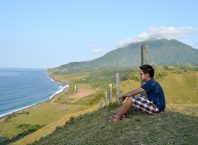Kruhay Katahum kang Antique! (Antique is wonderful!)
This line from a Kinaray-a song kept playing in my head throughout the duration of the Antique Heritage Tour. The song expresses how proud the Antiqueños are for their culture and their province’s treasures waiting to be discovered. Antique is one of the provinces situated in the island of Panay together with Iloilo, Capiz, and Aklan. It is the least visited province on the island but now slowly marking itself in the tourism map of the Philippines.
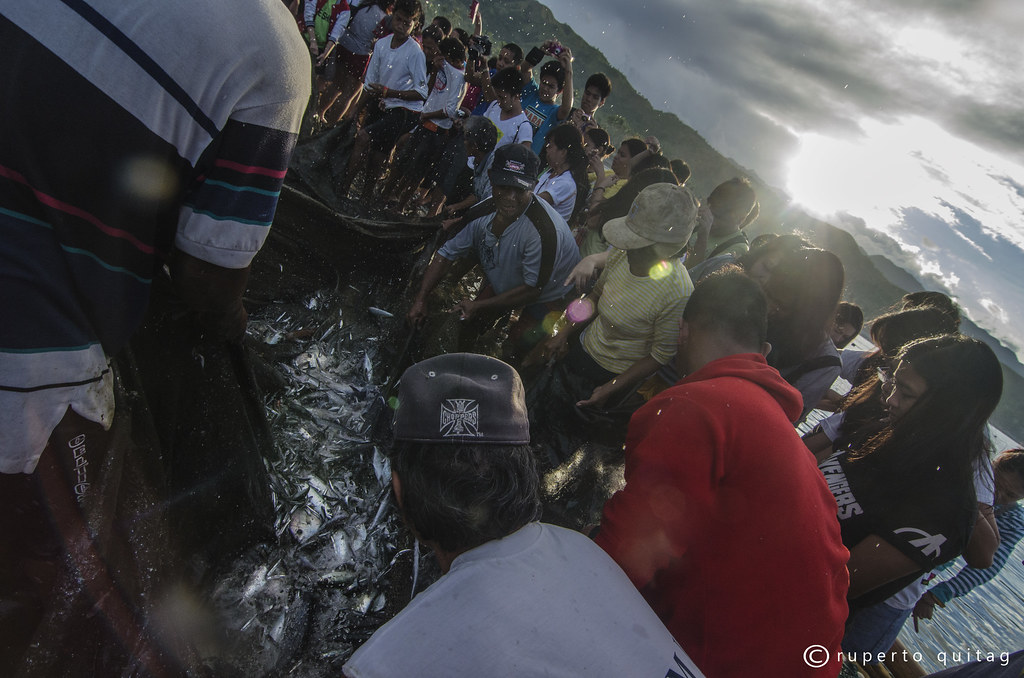
It is located in the western part of the island and is accessible via Iloilo and Aklan with the existence of international airports in the said provinces. The tour started in Anini-y with a short visit to the therapeutic Hot Springs of Sira-an. It was followed by the charming century old church of San Juan Nepomuceno Parish which is the only preserved colonial church left in Antique. It serves as a landmark in the municipality and is made up of ingenious white coral stone. The bell tower of the church has a quadrilateral base with the upper floors hexagonal. The façade together with the trees and a vast lawn in front of it is a great picture to capture. To prove its authenticity is an Augustinian seal carved just above the main entrance of the church.


In the next town of Tobias Fornier (formerly Dao), women of Diclum Buri Handicraft Association make livelihood out of buri, a variety of palm with the strips of the unopened leaf being used to handcraft baskets and bags. Meanwhile, a monument in the town of Hamtic was erected and dedicated to General Leandro Fullon, who was appointed as the Commanding General of the Expeditionary Forces to Panay Island during the outbreak of the Philippine Revolution in 1896. From a National Historical Institute marker in front of Santa Monica Church, I also found out that Hamtic was once the capital of the province before it was transferred to San Jose de Buenavista.
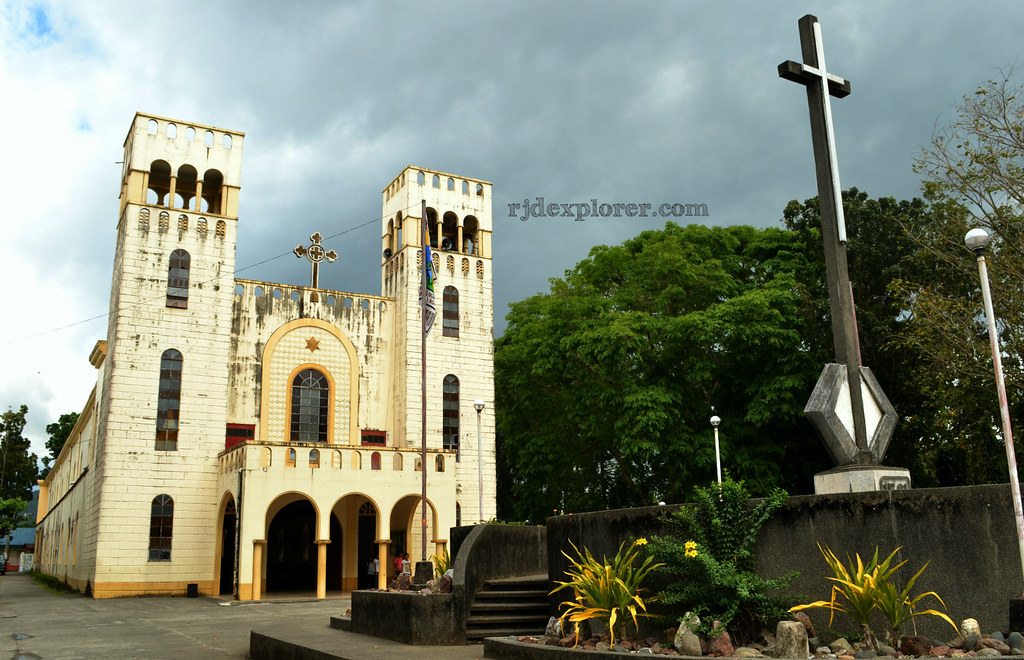
Still in the town of Hamtic is a marker along the road, in barangay Malandog, which memorializes the first Malayan settlement in the Philippines led by Datu Sumakwel during the mid-13th century. Later that day, the ruins of the old church and convent were waiting for us in the town of Patnongon. The church could’ve been the largest in the province but was destroyed during the Philippine Revolution and World War II and now the seat of Saint Augustine’s Academy of Patnongon.
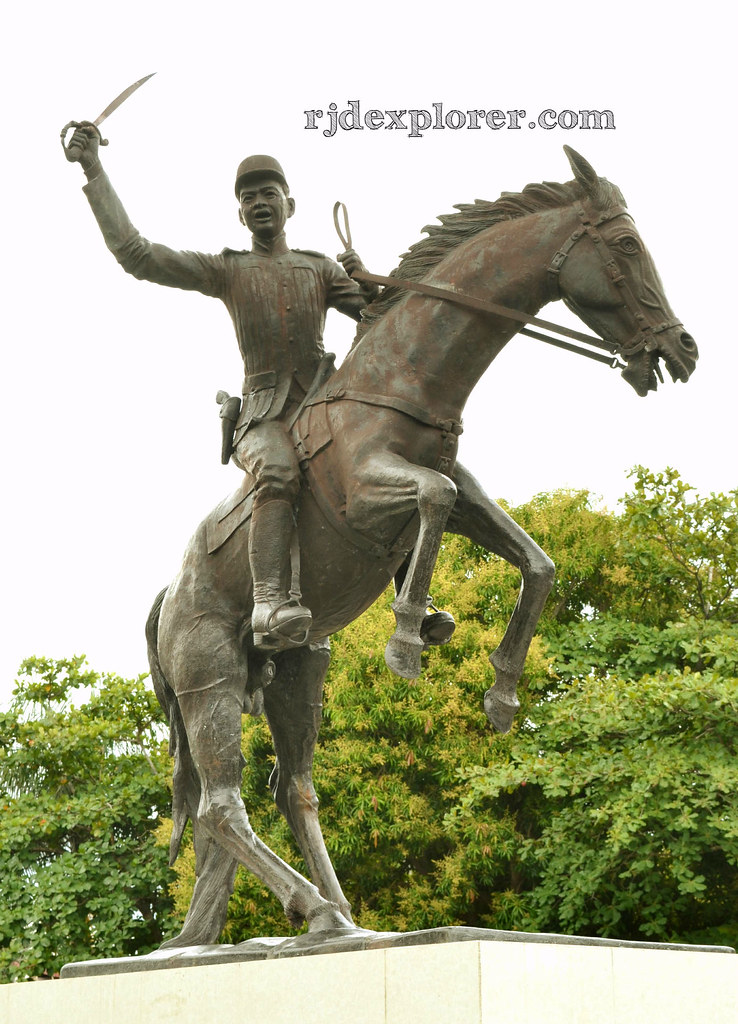
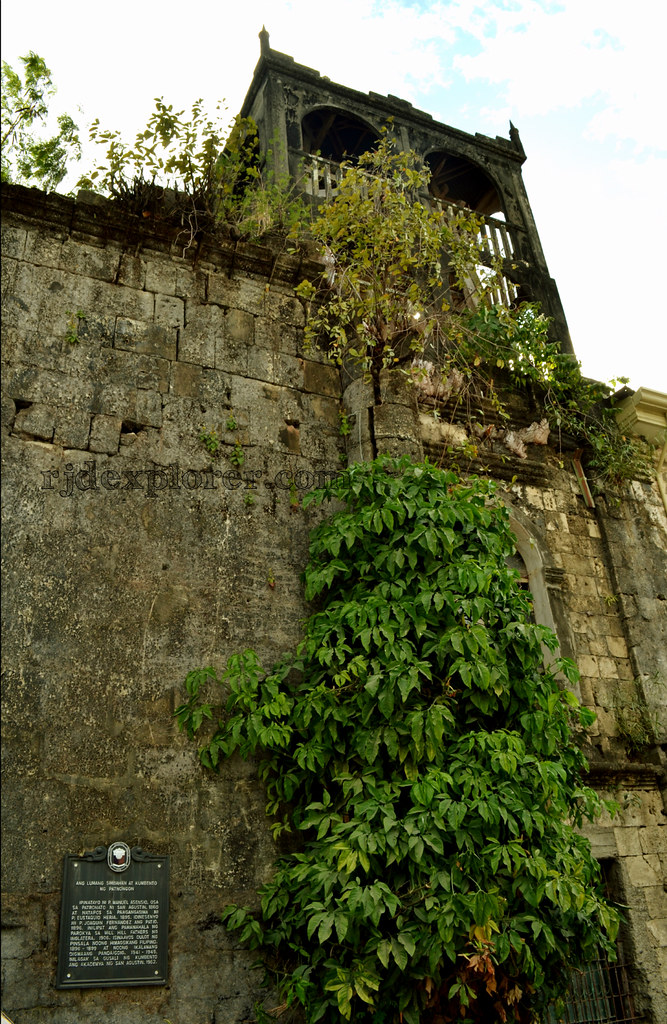
We were also given the chance to learn the old way and detailed process of weaving the traditional patadyong in the town of Bugasong. Patadyong is customarily used by women as skirts paired with their blouse and sometimes as cover ups. It is a colorful cloth with intricate patterns and designs and follows some steps from pagsab-ong, paglikis, pagbinting, pagsulod, and pagtalingyas before the actual weaving in a wooden handloom locally called as “tiral”. The members of the Bagtason Loom Weavers Association can customize the design of the textile to your own preference and also make it into shawls, handkerchiefs, wallets, hats, and shirts.

The first day of the Antique Heritage Tour culminated with the Istorya Kanta Kinaray-a, a concert held at Tibiao Town Plaza with the presence of Honorable Dante Beriong together with the Teatro Burulakaw who performed some of the Original Kinaray-a Musics (OKM). The songs were mostly upbeat and I found myself enjoying the cheerful group onstage performing the likes of Katahum Kang Antique, Araguy Inday and Pangabuhi sa Uma. Kinaray-a songs indeed embody the joyful outlook of the Antiqueños.

Before dawn of the second day was an early travel from Paragon 88 Inn to Malabor in Tibiao for the Lambaklad Fishing experience. Lambaklad was coined from “lambat” (net) and “baklad” (corral) which literally means enclosing fishes in a stationary trap. Every member of the tour accidentally became a fisherman on board a double-decked bamboo raft pulling up the net where different kinds of fishes hurling around. The fresh catch was then prepared for a traditional Antiqueño breakfast by the sea. We munched the succulent and tasty grilled fishes as the sun peeps for sunrise.

After the unique fishing engagement, the group headed to the pottery and brick making in Bandoja which was followed by a sweet visit to Laua-an, Antique. The municipality is known to be one of the country’s top producers of unrefined sugar or commonly known as muscovado. Here, we got to learn how the sweet treats bandi and butong-butong are made. Bandi is the other version of peanut brittle, but unlike the sweet treat of Baguio City, the one being made in Laua-an uses whole peanuts and muscovado sugar. On the other hand, butong-butong is made with the muscovado sugar melted in a large pan, set and cooled down in banana stalks and then continuously pulled and stretched before it hardens.
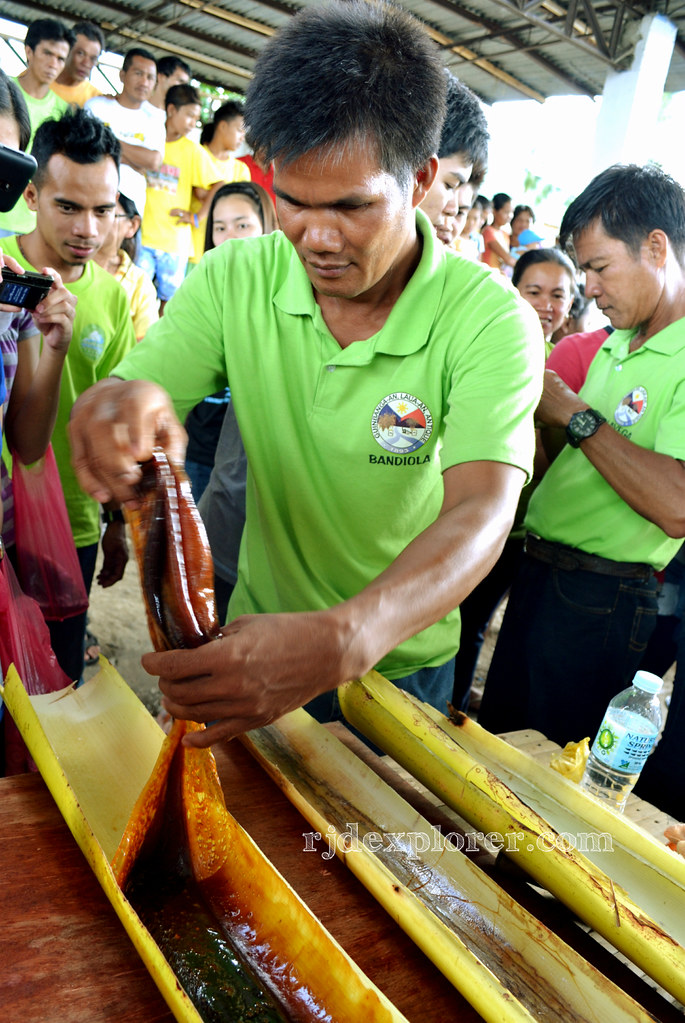
To officially end the heritage tour was a relaxing and unique fish spa to relieve our tired feet. The Tibiao Fish Spa, owned and conceptualized by Flord Nicson Calawag, started to welcome guests in June 2009 as one of its kind and most affordable fish spa in the world. Instead of using the common Garra rufa, the spa uses locally-bred fish species called Therafish. They have 3 tanks having different sizes from small to medium and larger fishes. I was hesitant first to try the spa since I have never tried it before but a relaxing feeling was felt the moment the tiny creatures started to nibble my feet.
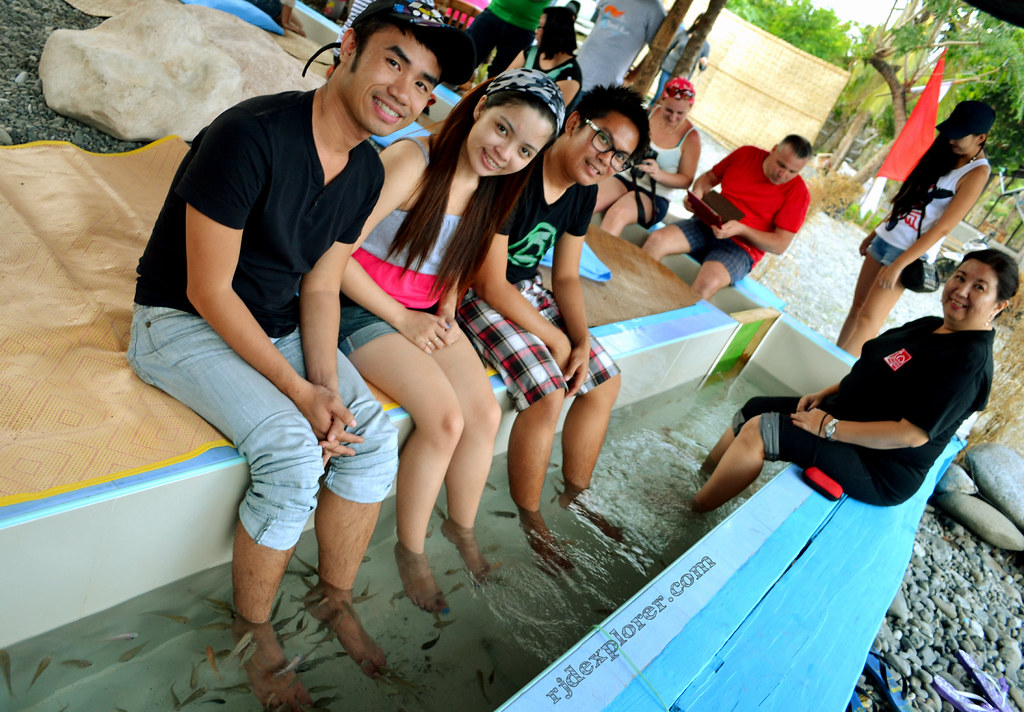
Hopping from one heritage site to another and having the different communities demonstrate their livelihood, it was a great experience to visit Antique and to be given the chance to discover its treasures that truly signify how Katahum Kang Antique!
* Lambaklad Fishing Photos (Photo #1 and #8) were taken by Sir Ruperto Quitag of the UP Visayas Bird Watchers.
** This Antique Heritage Tour was sponsored by the Katahum Tours headed by Flord Nicson Calawag with the cooperation of the Department of Tourism Region VI and the Antique Provincial Tourism Office. Special thanks to the LGU and Local Tourism Offices of Anini-Y, Hamtic, Bugasong, and Laua-an for accommodating us during the 2-day heritage tour.


